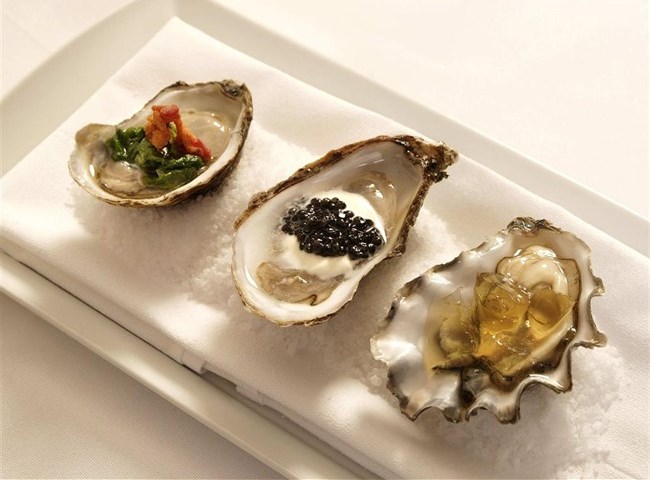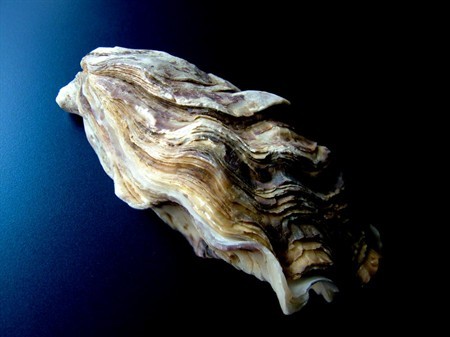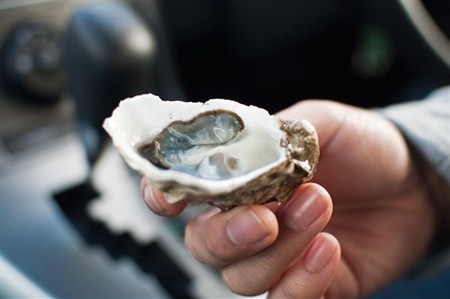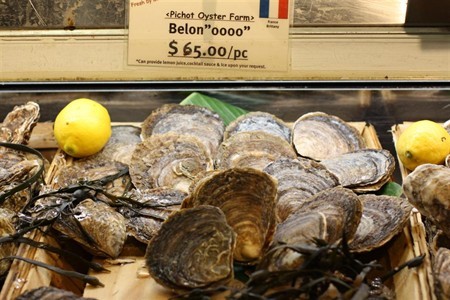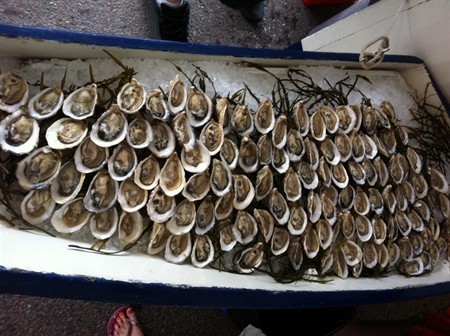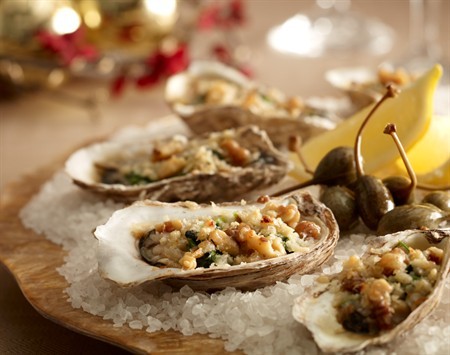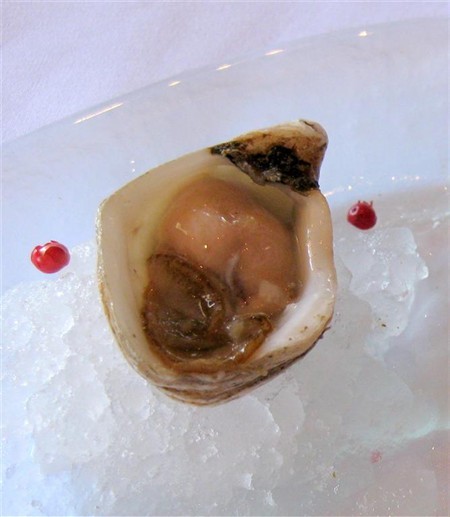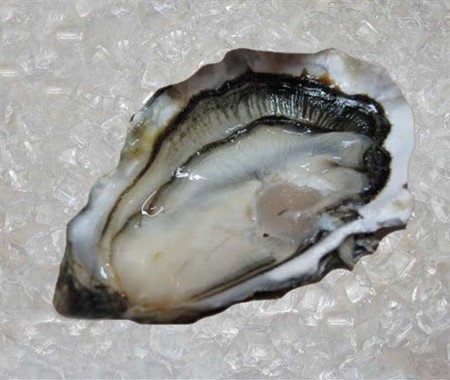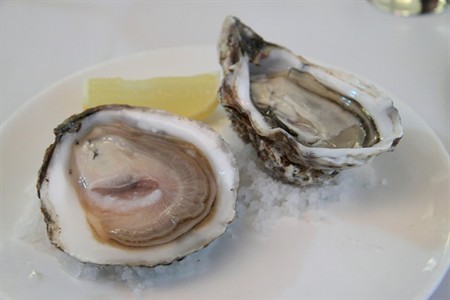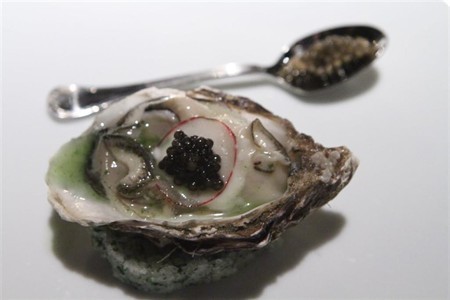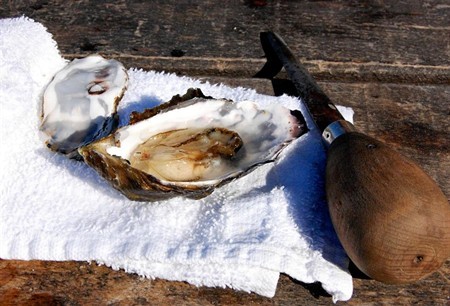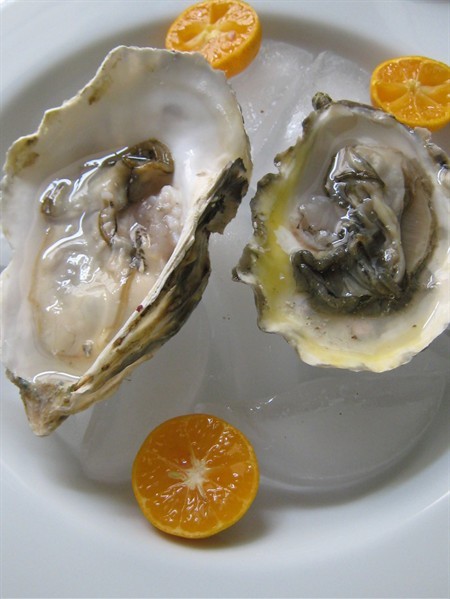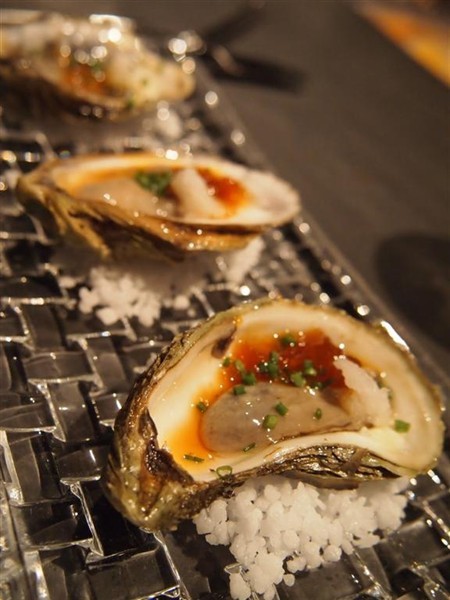Oysters are exceptionally delicious and endlessly fascinating, with their myriad flavor profiles putting them—like wine—in the rarefied realm of foods to be savored slowly and with care.
ORIGINS
“It was a brave man who first ate an oyster,” Jonathan Swift once famously declared. Well, bravery aside, the first person to have thought of eating an oyster, with its unappealing gnarled outer shell and hard-to-reach location, must have been three things—very hungry, very adept at diving and very ancient: shells found on archaeological sites suggest that oyster consumption goes back at least 6,000 years.
For much of recorded history, oysters were viewed as a humble form of sustenance, punctuated by faddish periods in which they attained the status of delicacy. In Britain, for instance, they shifted from fishermen’s stomach-filler to posh nosh with the arrival of the Romans. Across the pond and several centuries later, Abraham Lincoln hosted lavish parties at his Illinois residence, where nothing but oysters were served.
Today, quality oysters are dear to procure, and conjure up images of the clinking of champagne flutes, seduction and the high life.
WHAT THEY ARE
Looking at the calciferous shell of the oyster, you would not imagine that a luscious treat lies just out of sight
Oysters are deep-sea living shellfish that live in brackish waters. Anyone who’s ever tasted oysters will have experienced their salty nature, a quality that whispers of the briny depths in which they reside.
Because oysters imbibe nutrients from the habitat they live in, their flavor and color depend a great deal on the trace minerals and salinity of the water they are cultivated in–much like how wines grown in different soils, vineyards and regions exhibit different notes and tastes.
Protein-rich, low-fat and brimming with zinc, calcium, iron, copper, iodine, magnesium and selenium, oysters quite literally make for good eating.
HOW TO PREPARE THEM
A fresh oyster should glisten and move when prodded
“If you don’t love life, you can’t enjoy an oyster. They shiver you for a split second.” American essayist Eleanor Clark’s impassioned paean to the mollusk stands as one of the culinary world’s most memorable – but doesn’t mention that for the most part, oysters are eaten and prepared live.
Make sure they’re alive by tapping its shell: the creature should snap shut. “Oysters should be closed fully. When they die, their shells tend to be open a tad,” Alexis Nicosia, the French-Italian head chef and owner of Oyster Bar Singapore, advises. “Also, when you knock an oyster on a hard surface, it should not sound hollow, but full of juices.”
Belon oysters on sale at a market
In other words, the art of choosing the right oyster is much like that of selecting a ripe durian or watermelon; with a little practice, you’ll gain an intuitive knack for determining freshness.
An interesting aside: while the act of eating a live animal may be morally dubious, there is growing consensus among vegans that oysters are “good” to eat. Since they do not possess a central nervous system, oysters are unlikely to feel pain the way vertebrates do; prominent ethicist Peter Singer has also condoned the eating of oysters in his seminal Animal Liberation.
Freshly trawled oysters
WHERE THEY COME FROM & SERVING SUGGESTIONS
Like oenophiles, oyster connoisseurs derive enormous pleasure from deducing which region their oysters hail from, just by their taste and outward appearance.
Canadian oysters baked with Californian walnuts and sambuca liqueur
Canadian oysters, which are largish in size, are the perfect receptacle for a variety of herbs and flavored butter. They can then be smothered in breadcrumbs and baked, Oyster Rockefeller-style.
Kumamoto
The popular Kumamoto, bred near Kyushu island in Southern Japan, are a shade of pale buttercup, and have a smooth, fruity profile.
Tasarskaya
If you like the Kumamoto, you’ll probably take to the Tasarskaya, a French specimen originally bred for the Russian tsars, which has plump flesh with a sweet, nutty finish. For these creamier, slightly more delicate oysters, you might think about your favorite chilled white burgundy.
Belon, on left, and Gillardeau, on right
The Belon, Nicosia says, is “definitely a classic”—the small French oyster, now also cultivated in Maine and California, boasts an intense, umami flavor and a potent, tannic finish that is considered excellent for savoring on the half shell. For this briny specimen, consider pairing it with a glass of clean, clear Muscadet, which will complement instead of compete with the Belon’s salinity.
Gillardeau oyster served with horseradish, parsley water and caviar
For the most wine-like of the lot, Nicosia recommends the Gillardeau, which has “extremely good depth and complexity”. Farmed in the La Rochelle and Ile d’Oleron regions in western France, these oysters are dry and have a rich mineral flavor, with a long finish that transitions from salty to a lingering, iodine aftertaste—stamping your palate with a lovely palimpsest of the sea.
Freshly shucked oyster
If you’re having your oysters at a bar, see to it that your oysters are freshly shucked. When the plate arrives on your dining table, take the oyster by the shell and prod its flesh gently with your fork.
At this point, the mollusk should demur and recede into itself; this tells you the oyster is fresh to consume. Don’t gulp them down hastily; let the oyster slide into your mouth and take a moment to savor it. This is when Eleanor Clark’s “split second shiver” hits your palate—talk about the taste of the sea! When you do bite into it, it’ll release even more luscious flavor.
Oysters on ice with calamansi
Oyster varieties and what happens in your mouth aside, how should one eat an oyster? On the half shell, nestled in a bed of shaved ice, with a dash of lemon, perhaps? Some oyster purists disagree: no lemon, please.
“Lemon blunts the palate,” says Nicosia. “Fresh from the half shell is best, without any flavorings and sauces. This is the best way to taste the oyster.”
One can indeed savor an oyster without any tongue-blunting accompaniment. However, certain oysters are better served cooked than raw. Indeed, press a novice about any qualms he may have about quaffing oysters, and he’ll probably confess to a certain squeamishness about their slippery texture.
Oysters baked on sea salt
Not to worry: oysters make for perfect cooking. Like calamari, you just have to take care not to broil them into rubbery oblivion. Southeast Asian foodies will of course also be familiar with orh jian, a chewy, satisfying platter of fried egg, shallots and flour, dotted with plump nuggets of pan-fried oysters.
Now that you have a working knowledge of the marvelous complexity of oyster consumption, why not go to your nearest bar and order a dozen? Bon appetit!

